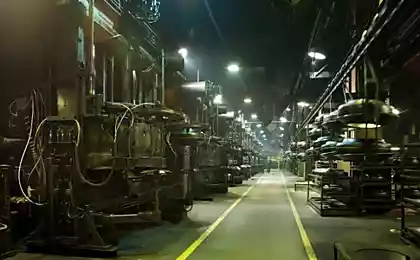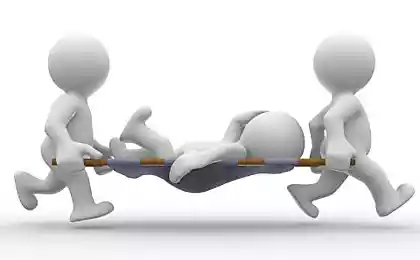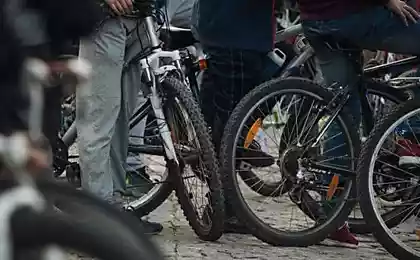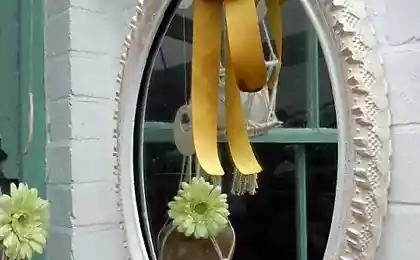279
Winter tires for your car: how to choose what to look for
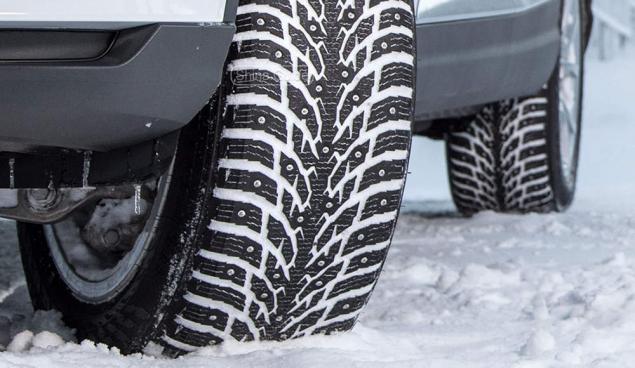
For many car owners, winter causes controversial emotions: on the one hand - beautiful landscapes, snow, on the other - ice, traffic congestion, a high probability of accidents. A sure way to protect yourself and your car on a road covered with a layer of snow (loose or compressed) is to buy winter tires for your car. Today, manufacturers offer a wide range of such products, so even experienced drivers find it difficult to navigate the range.

What kind of winter tires do you need?
In order for the car to “keep the road” in frosty weather, snow and slush, you need to choose the right seasonal tires. It can be both studded versions and treads without spikes. One thing is for sure – there is no universal “car shoes”. Therefore, every car owner will have to consider:
- climatic features of the region;
- travel on urban roads or countryside;
- temperature drops to -5 or -20 °C.
Choose between the "northern" and "European" type, which directly affects the speed of acceleration of the car.
Interesting! In addition to the above conditions, it is recommended to pay attention to the pattern that is applied to the tread. For example, chess patterns or in the form of a Christmas tree help to move more easily along a snowy track. If the rubber is small strips, then it is suitable for an icy road. And the depth of any pattern should be about 9-10 mm, and on wide grooves should easily flow streams of water.
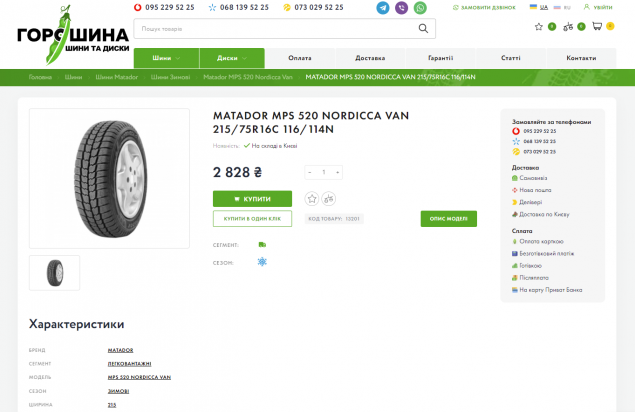
Choice advice
If in winter in your region there is almost no precipitation or there is slush, then you should pay attention to unstitched rubber. It can be, both with a "Chess" and "Chess" pattern. It will help to cope with ice on the asphalt, a pile of melted snow, a mixture of snow with reagents and dirt.
Unstudded rubber of the northern (Nordic) type can be used in difficult weather conditions. Many manufacturers claim that it is at a temperature of about -25 ° C that their tires acquire special characteristics and manifest themselves better than studded ones. At the same time, they create less noise, serve longer, allow later to “re-shoes” in the off-season.
So that the car does not tow on an icy track or with a well-rolled snow layer, it is recommended to choose tires with spikes. Moreover, the cut of spikes should have the correct square shape, which is important to improve the quality of adhesion of rubber with the winter road. This has a positive effect on traction characteristics and the braking process itself.
The studded rubber has a second “side of the medal”:
- It takes longer to accelerate.
- It's not slowing down so fast.
- It creates increased noise during movement.
Some drivers believe that the car in winter shoes is more difficult to disperse. And move these cars at a lower permissible speed.
Advice! In this case, it is recommended to choose winter tires that are focused on the European climate. They are suitable for regions where the seasonal temperature does not fall below -5 ° C, and precipitation falls in minimal quantities. In such shoes, the car can freely accelerate to 210 km / h, if it is allowed by the rules of DD.
For regions with severe climates and frosts of -20/-25 ° C, it is better to choose the "northern" type. Then the car can accelerate to 170 km / h, while confidently holding it on the road with an ice crust or a lot of snow.
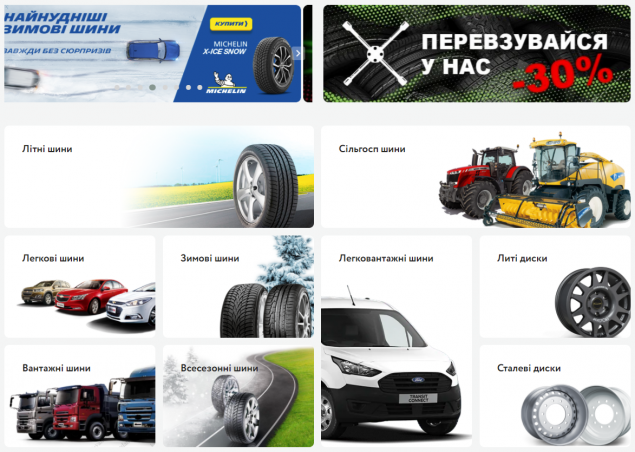
Assortment for buyers
Winter tires should be installed on both cars and trucks. To do this, it is important to determine not only the manufacturer and model of the rubber, but also its size. Exactly specify the width of the product and profile. Also know what the diameter of the tire is intended for.
If at least one of the options is in doubt, it is better to seek help from a consultant. So you will be sure that you have purchased the right shoes for your car.


